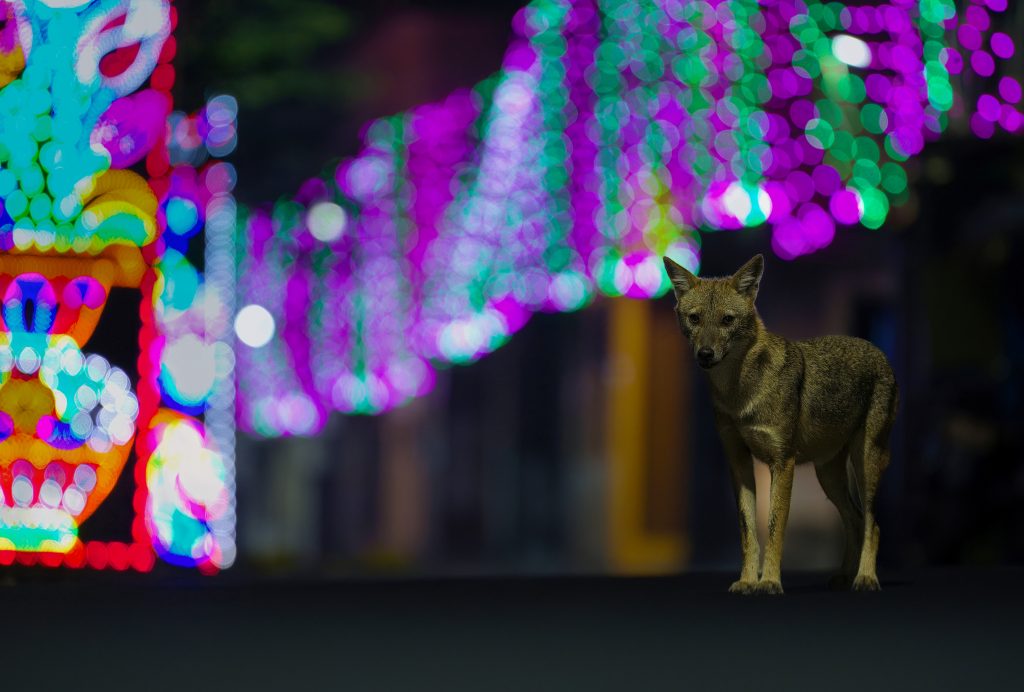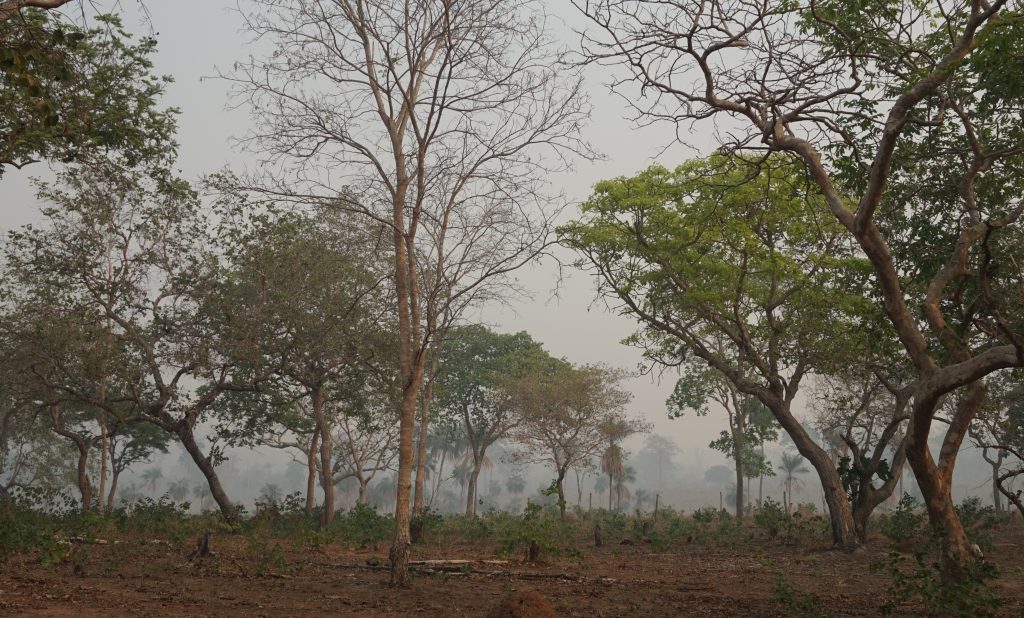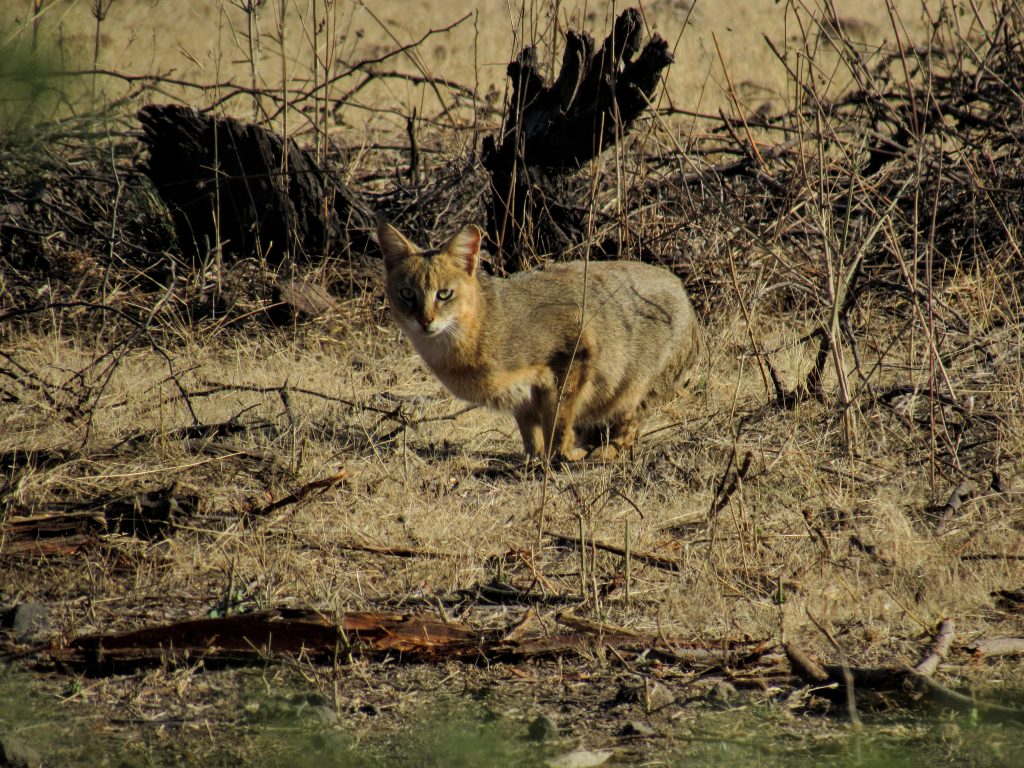My work on bats often takes me to faraway locations with exotic tropical vistas. On one such field trip, in June 09, 2013, I was exploring the Kuthumkal cave system, situated in Idukki district of Kerala, India. This extensive cave systemonce served as the roost for many thousands of the Indian fulvous fruit bats,Rousettus leschenaulti. Sadly, as of this day, only a few hundred individuals remain due to frequent cave vandalism and wanton slaughtering of bats for bushmeat consumption. Furthermore, this adds to significant littering in and around the caves. Previously, I had heard stories of bats being consumed by locals in the belief that it cures asthma.

However, visiting the caves and witnessing these events and the aftermath for me was a truly harrowing experience. Their modus operandi was simple. A group of individuals would enter the cave and block potential bat escape routes with thorny acacia branches. Many of them were carrying country-made rifles using which they would shoot the roosting bats. I observed them consuming the bushmeat along with liquor (Fig. 1 and 2). I interacted with them and tried in vain to convince them to leave the bats alone. The horrible memories of this incident would be etched in my mind for years to come, filling me with disgust at the mere recollection.
Feeling utterly helpless, I finally found a ray of hope in a quaint corner of Tamil Nadu, where cave-dwelling bats are actively conserved by the locals because their spirituality is centred around the belief that bats are the messengers of the deity, Lord Muthaiyan, and hence sacred. Amongst visions of vandalized caves full of blood and dead bats, this ‘cave temple’ was a breath of fresh air. This cave-temple roost with ~3050 bats is located in the Hogenakkal forest. Devotees visit the cave temple and it appeared to me that neither the human presence nor religious practices like the burning of camphor and/or ringing of bells pose any disturbance to roosting bats (Fig. 3).

The cave temple has existed for more than 90 years wherein humans have not just coexisted peacefully with the bats, but even protected them, as a consequence of their spiritual values. Communal roosts located at caves and mines seem to be the most vulnerable ecosystems as they are generally not covered under any the standard protected area networks. Anthropogenic activities have been reported as major factors affecting bat populations across the globe. Hence, the conservation of bats, which are significant pollinators and dispersers of fruiting trees, along with their roosting habitats is of critical importance. It is in fact likely that certain traditional beliefs and practices of worship can augment the conservation of bats and their roosting habitats. This exemplary cave temple of Hogenakkal may be regarded as a kind of sacred grove providing a safe haven for these rapidly disappearing flying mammals.




